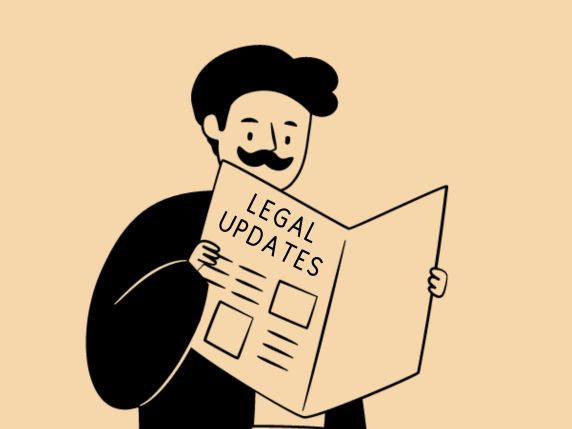With capital gains tax (CGT) rates rising and business asset disposal relief (BADR) set to increase from 10% to 18% by 2026, business owners planning to exit should act now to secure lower tax rates.
If you’re preparing for exit, delaying beyond 5 April 2026 could lead to significantly higher tax bills. For example, on a £1 million qualifying transaction, selling after this date could mean paying up to £80,000 more in tax compared to exiting before 5 April 2025.
Why act now?
Waiting to exit could result in:
- Higher tax bills: BADR rates will rise from 10% to 14% on 6 April 2025 and then to 18% on 6 April 2026. For eligible owners, this means paying £40,000 more in CGT on 6 April 2025 compared to 5 April 2025 for a £1 million based sale.
- Missed tax reliefs: Delaying could mean losing out on valuable reliefs that can reduce your tax liability.
- Legal and financial complications: Without proper planning, you could face unexpected issues that may delay or complicate your exit.
- Limited structuring options: The earlier you plan, the more flexibility you have to structure your exit for maximum tax efficiency.
Head of employee share schemes, Samantha Lenox, comments:
For smaller transactions, the increase in BADR rates can have a significant impact. However, for larger transactions, the relative effect is less pronounced. Where there is an earn-out, a crucial factor to consider is the tax implications of the earn-out arrangements which can complicate the seller’s tax and BADR position. This is because amounts paid out later as part of an earn-out typically do not qualify for BADR.
What exit routes are available to me?
Although rising tax rates are never ideal, there is still an opportunity to secure the current lower rates of BADR if you’re considering an exit from your business or selling a capital interest. Acting now allows you to benefit from more favourable tax rates when exiting through options such as a management buyout (MBO), company share buyback, trade sale or an employee ownership trust (EOT).
Planning your exit strategy sooner rather than later not only helps you maximise tax efficiency before the new rates take effect but also ensures a smoother transaction process. Engaging lawyers early on can help you navigate complex legal requirements, avoid potential pitfalls, and structure your exit for the best possible outcome.
Why employee ownership trusts are now even more attractive
EOTS are gaining momentum as a preferred exit strategy, and the upcoming tax changes make them even more appealing.
Unlike other exit routes, EOTs offer significant tax advantages, including no capital gains tax for selling shareholders. This is particularly beneficial as CGT rates rise, making EOTs one of the most tax-efficient options for business owners.
Recent legislative changes have also bolstered EOTs’ role in business succession, enhancing their appeal as a sustainable exit strategy. By selling to an EOT, founders can not only secure favourable tax rates but also protect their legacy and reward employees with an ownership interest, creating a motivated and engaged workforce.
If you’re considering exiting via an employee ownership trust, join our upcoming webinar on Thursday, 6 March, from 1 pm to 2 pm. We’ll cover everything you need to know about EOTs, including how they work, their key benefits and considerations, and the latest updates following the budget.
Planning your exit strategy
If you’re planning to exit your business or have questions about how these changes could impact your financial future, get in touch with our team. We can help you navigate the complexities of the new tax landscape and secure the best outcome for your exit.







